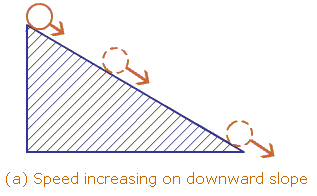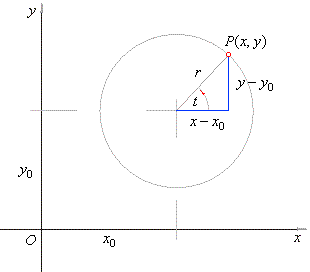Kepler’s second law – an imaginary line from the sun to a planet sweeps out equal areas equal times - applies to the vortexes of hurricanes, firestorms, and bathtubs, the center of this swirling motion is the law of conservation of angular momentum.
During the 16th and 17th century the Renaissance came to an end and Europe turned to Christian theology. This period was known as the Reformation, and afterward the Counter Reformation developed during the Thirty Years War. During this time, Galileo, Kepler, and Tycho Brahe all contributed to the study of the universe and physics. Kepler was a professional astrologist that caste horoscopes in order to make ends meet. Kepler almost discovered integral calculus over the dispute of the shape of a wine barrel, and eventually developed three laws that describe planetary motion.
Kepler’s second law in particular explains the shape of all galaxies as a factor of the conservation of momentum. Astronomy was the first physical science before medicine. In fact, early astronomers attempted to make a model of heaven and earth.
The Greeks made many models, including Aristotle, who in 300 B.C. placed the Earth at the center of the universe, as the sun and all other planets rotated around it in uniform circular motion. Astronomers continued to develop complex models with epicycles, however they were not correct. Copernicus later placed the planets around the sun, but kept the uniform circular motion of the bodies. This belief was scientifically accepted until Kepler found the three laws of planetary motion.
One law in particular (Kepler’s second law) states that a planets orbit sweeps out equal area in equal time.
The area of the parallelogram formed by the two vectors r and (delta) r is the cross product.
(delta) A = ½ r x (delta) r because half the area of the parallelogram would be equivalent to the triangular area swept out by the planet’s orbit.
(delta)A/(delta)t = ½ r x (delta)r/(delta)t
dA/dt = ½ r x v is equivalent to the rate of change of the area vector, which is constant in all parts of a planet’s orbit. This means that as the distance r increases, velocity decreases and as the distance r decreases, velocity increases.
When momentum is angular there is a twist known as torque. Even if force is applied to a body, the torque may be zero. If the twist is zero than vector r x F = 0
Gravity and fluid pressure are the main influence on vortexes.
F = 0, therefore integral was constant p
dL/dt = r x F
d( r x v)/dt = dr/dt xv + rx dv/dt
= r x dv/dt
= r x a
F = ma
d(mr x v)/dt = r x ma
= r x F = T or torque
L = mr x v
r x F = 0 so mr x v is constant as angular momentum constant L
A planet in orbit has no torque so it conserves angular momentum. That’s why Kepler’s second law is true. According to the law of inertia, a body moving in a straight line will continue at constant speed unless a force is applied to it. In a similar way, a spinning body rotates in the same direction unless a twist or torque is applied. This is the essence of the law of the conservation of momentum.
Angular momentum L is a vector following the right hand rule
L = mr x v
L = mrv when v and r are perpendicular
If orbit is smaller speed must increase to maintain L as a constant.
Bathtubs, tornadoes, and hurricanes all exhibit angular momentum.
Water lacks enough viscosity to apply torque. In tornadoes calm air towards the center moves upward forcing circulating air upward to replace it. Jupiter’s Red Spot is an enormous hurricane that has lasted for at least three hundred years since it was first observed, due to the principles of inertia. Furthermore, the Solar System, the planets, and the galaxies exhibit flat disc shaped planes with globular masses at the center due to the conservation of angular momentum.
Water lacks enough viscosity to apply torque. In tornadoes calm air towards the center moves upward forcing circulating air upward to replace it. Jupiter’s Red Spot is an enormous hurricane that has lasted for at least three hundred years since it was first observed, due to the principles of inertia. Furthermore, the Solar System, the planets, and the galaxies exhibit flat disc shaped planes with globular masses at the center due to the conservation of angular momentum.
Below is a video that explains the concept of angular momentum in depth:




























